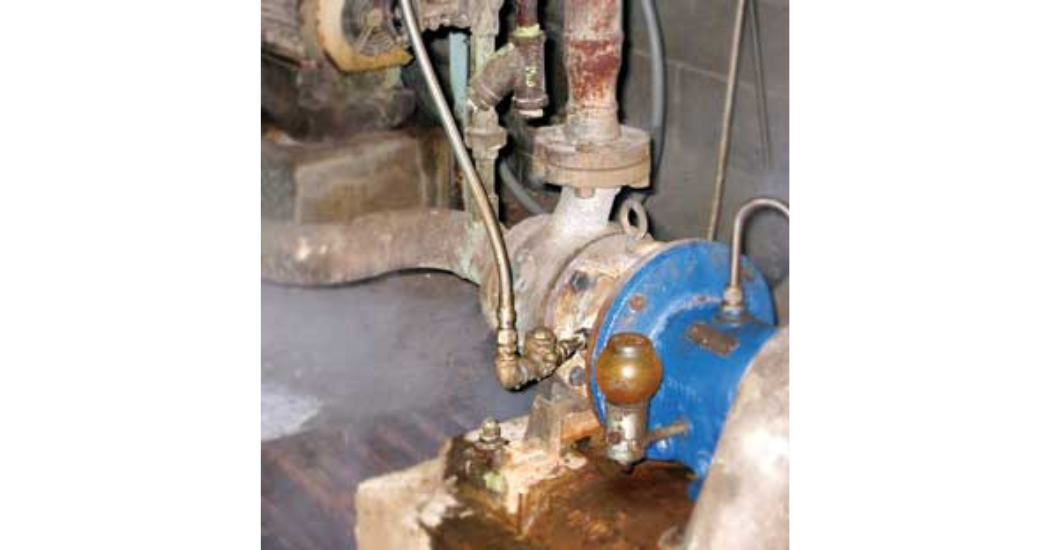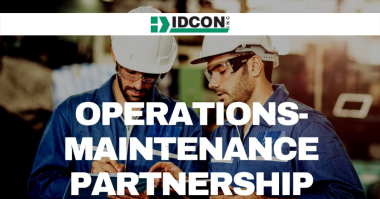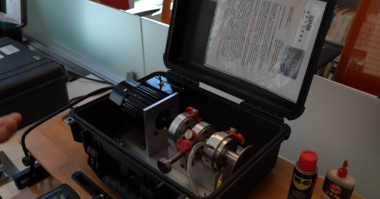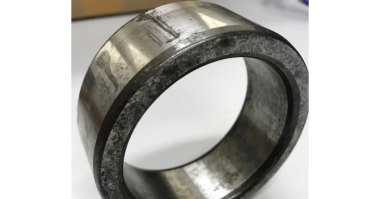Preventing failures and extending the life of your plant equipment is the linchpin to ensuring uptime. In the previous three issues of Reliable Plant, Tor Idhammar’s columns touched upon defining best practices in order for leadership to clearly communicate the plant’s direction for reliability improvements. In the next few issues, he will pick a few of our best practices and ask you to check your own plant in order to rate the performance.
IDCON’s “Current Best Practices” include nearly 300 elements. They use this document to assess plant reliability performance and create a plan with the client to close the performance gaps.
Tor Idhammar picked a few best practices from their assessment for this series to help you in your quest to prevent failures and extend life.
The equipment life cycle starts with specification, design and engineering of equipment and production systems. This leads us to an important issue, life-cycle cost.
Preventing Failures and Extending Life – Check 1: Life-cycle cost (LCC)
Specify, design and buy assets based on LCC instead of just the cost of purchasing equipment. LCC means that the total cost to buy and own an asset is considered, not just the purchase price.
Operations, maintenance and engineering must work in a close partnership in the early stages of a new installation project in order to establish a good LCC process. Typical good results are equipment designs that are easy to maintain and are reliable, and equipment that easily can be monitored for condition.
For example, in a plant with a reasonably good LCC process, there would be 10 times the diameter of straight pipe to the inlet of single-sided centrifugal pumps in order to avoid turbulence and cavitation.
Tank entry ports would have hinges for quick and safe entry instead of a traditional tank entry that requires lifting devices and two people to open it. The design also would have as few bolts as possible to reduce wrench time.
Other examples would be installation of oil sampling ports on all pertinent oil reservoirs. Gauges would have operating ranges marked in order to quickly check the current reading. Jacking bolts (push bolts) would be installed on motors and gearboxes for accurate alignment.
Most plants have hundreds of examples where it’s obvious engineers haven’t worked closely with maintenance and operations. The problem’s root is often that engineers are recognized by management for completing projects on time and under budget. Therefore, engineers have no incentives to consider LCC.
 Check 2: Alignment
Check 2: Alignment
Most plants have the basic requirement for good alignment. They have tools and training. The question is, can we assume alignment is done well because the basics are in place?
Many plants I visit have an issue with getting the time to do a good alignment job, and/or don’t have the correct design, and/or don’t maintain bases and foundations to enable good alignments. In some cases, standards (such as heat checking and avoidance of pipe strain) aren’t followed.
Walk around your plant and estimate your alignment by checking for: poor foundations, equipment without jacking bolts, motors with beat marks from sledgehammers, shim packs larger than four, bolt-bound equipment/undercut bolts and hot bearings. All of these are possible signs of poor alignment.
Design for maintainability: The tank entry port to the left has many bolts and no hinge. The wrench time is cut drastically by adding a hinge and allowing fewer bolts in the design (bottom)
Read part 2
IDCON understands the pressure you face trying to build a reliable plant. They provide side-by-side reliability and maintenance consulting and training designed to keep your equipment running.
For over 45 years, IDCON has partnered with 100s of manufacturing plants around the world to eliminate the costs and the pressure caused by unreliable equipment. And they would love to do the same for you.





Comments